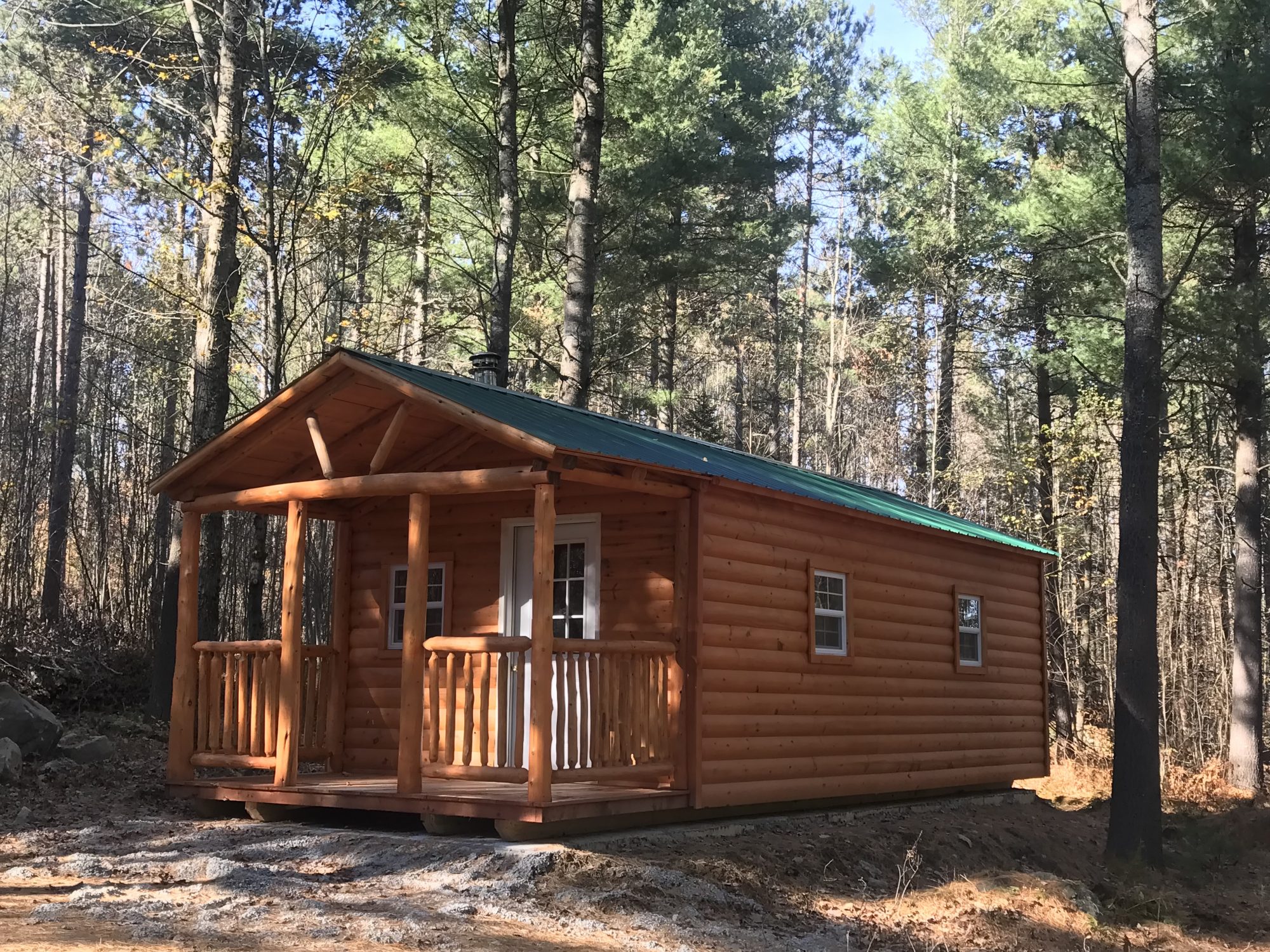

The primary purpose is to designate land uses that are compatible, such as not permitting a new housing development that might have a negative impact on existing residents or businesses. The preservatives help protect the wood from attack by termites, other insects, and fungal decay.Īlmost every urban or rural area uses some type of zoning to regulate how land can be used. Wood is placed inside a closed container, then vacuum and pressure are applied to force the preservatives into the wood. Pressure treatment is a process that forces chemical preservatives into the wood to extend their normal lifespan and protect from rot or insect damage. The fewer knots in a board, the better the grade and the more expensive it is. Grades are determined by the size and frequency of knots. Many people view them as adding character to the log, especially since checks are a feature of antique structures.ĭiscolorations and compositions in wood as a result of branches growing from the tree. Very rarely do they cause structural weakness if the proper grade of timbers has been chosen for each application. The cracks are called "checks" and will occur in all large timbers. Since the circumference shrinks at twice the rate as the diameter, something has to give and that is the wood fibers that pull away from each other.

Wood shrinks as it loses moisture and the shrinkage is twice as much in width as it does in length.


Lateral splits in a log resulting from internal stresses caused by drying. Named for its shape, each log is milled round on the outside and cut flat on the inside, giving you a traditional log home look outside with a straight log wall on the inside, tongue on top and groove on bottom locks each log into the other for a tight fit. Wafer wedge installed where ends are buttedĬhecking is a natural occurrence in wood components that contain the pith, or center of a tree. One clear advantage to using this style is the ease of building and no recessed notches or pockets that could trap water and a flat wall interiorĭ-Log is a profile you can choose for your milled log home. Butt-and-Pass keeps the logs around the entire structure at the same level thus producing a proportional look on both the inside and outside. With logs on subsequent levels, the opposite log is cut longer and the adjoining log abuts to it. Basically, Pass log continues beyond the fixed corner and the adjoining log butts into it. The butt-and-pass corner style is centuries old. A log wall's thermal mass makes it as energy-efficient as a well-insulated stick built wall. Thermal Mass allows a log to absorb heat during the hottest part of the day and return it to the house during the cooler night, without transferring it through the wall. This feature, along with the natural insulating ability of wood, is what makes log homes exceptionally energy efficient. The property of logs in a log home to store and (hold) delay the transfer of heat, as does stone or metal. FAQ: Here are a few frequently asked questions and log home terms


 0 kommentar(er)
0 kommentar(er)
